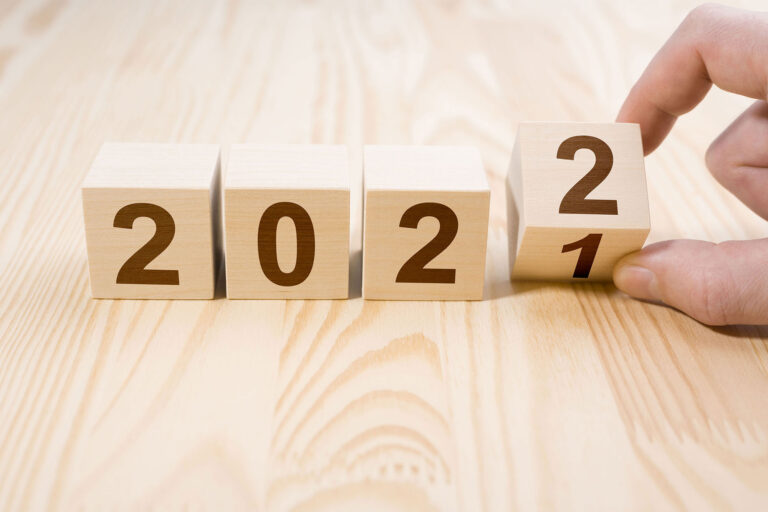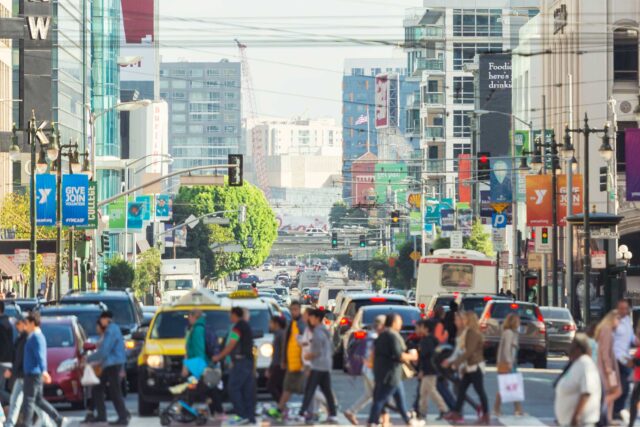The COVID-19 pandemic came at the worst possible time for the decennial census, leading to significant delays. The Census Bureau was supposed to produce state population totals by December 31 of last year, and data for the decennial redrawing of legislative districts by April 1. Now the state totals won’t be available until the second half of April, and the redistricting data is expected at the end of September.
This creates major headaches for California’s elections process. Ordinarily, the state’s independent redistricting commission would be required to release draft maps of the new electoral boundaries by July 1 this year and finalize the maps by August 15; both deadlines will pass before the commission even receives the necessary data. After the last census, the commission received data on March 8, 2011.
Fortunately, last summer the California Supreme Court used its emergency powers to mandate an extension that will be adjusted as needed. The commission currently has until New Year’s Day 2022 to draw up the draft maps and Valentine’s Day for final maps.
But time is still limited. Candidates are required to file almost three months before a primary, and they need time to decide if a campaign makes sense. This decision requires knowing what the districts look like. So the districts should be redrawn at least three months before the primary, and realistically much earlier than that.
California’s 2022 primary election was originally set for early March, with a filing deadline in December. Given the revised timeline for redrawing districts, the legislature pushed the primary back to early June. But it’s still going to be tight: candidates will have about a month to assess and discuss plans with potential supporters. Ten years ago they had seven months.
The delays also have implications for the effort to recall Governor Newsom. If the recall qualifies, it will fall outside the legal window within which Newsom could have combined it with the June primary, saving the state some money and giving him an extra six months to prepare. A March primary would have permitted consolidation, but the new census schedule now makes that impossible.
The census deadlines are still in doubt. A lawsuit out of Ohio is seeking to commit the Bureau to its original April 1 date for redistricting data, while a bipartisan bill in Congress might actually set the new deadlines in law. It is also possible that any of the stages in this process will take less time than expected.
An accurate census and well-drawn districts should take precedence over any immediate deadline, because they will shape our democracy and public policy for a decade to come. But the cold reality is that the state’s redistricting process hangs by a thread. Any effort that can accelerate the process without compromising that quality should be pursued to its fullest.




